I first came upon DubbleX’s distinctly intriguing aesthetic while documenting street art stickers a decade ago. This past year, I rediscovered his work — this time on canvas — at Fountain House Gallery. We met up last weekend and I had the opportunity to find out a bit about him:
When did you first begin drawing? Become interested in art?
It was always in me. But when I was in Middle School, I started drawing in class, and I couldn’t stop! I never paid any attention to what was being taught. I was totally distracted.
What is your earliest art-related memory?
It was in kindergarten. My teacher liked my work and hung up a few pieces that I had drawn. And, later on, I remember tracing – and then sketching — figures that I had found in my sister’s fashion magazines.
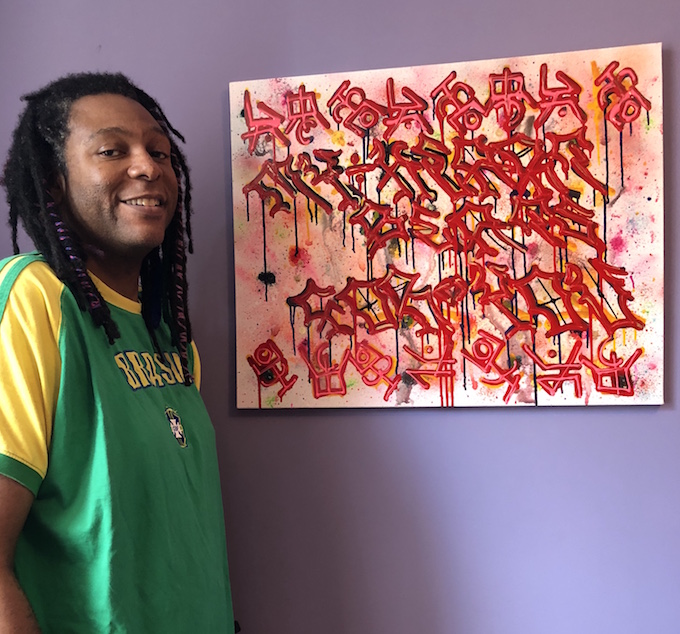 How has your family responded to your artistic bent?
How has your family responded to your artistic bent?
When my mother saw how engaged I was in art, she took me to a life drawing class at the Art Students League. She didn’t know, of course, that I’d be painting from nude models. I still remember how her face dropped when she understood what I was to be doing! My sister bought one of my paintings, and my wife loves what I do. Yes, my family has been supportive!
How would you describe your particularly distinct aesthetic?
I would define it as abstract symbolism. I call my work XudeL, a mixture of words and symbols.
What has been the main inspiration behind your aesthetic? Any particular cultural influences?
Certainly graffiti, particularly handstyles. I’d first seen graffiti while riding the trains – but I was determined to do something different. I’m also inspired by Native American art and West Indian culture and the research I’ve done into Aborigine, Chinese and Japanese alphabets. Other influences include Brazilian pixação and West Coast cholo writing.
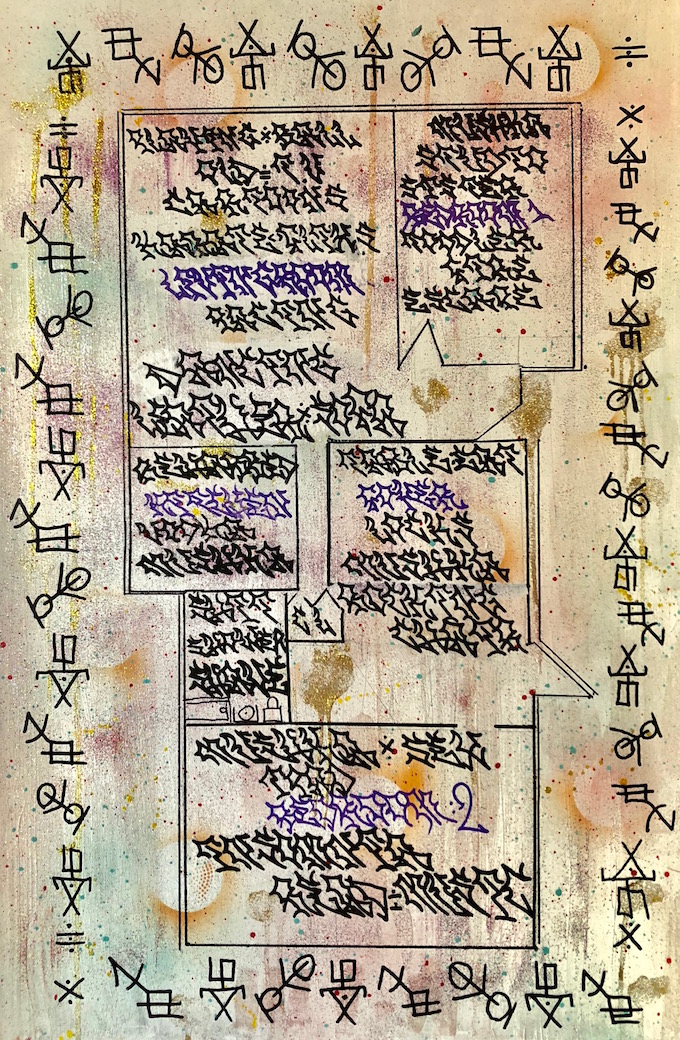
Have you any favorite artists?
Among them are: Basquiat, Jackson Pollack, Roy Lichtenstein and Matisse.
What about graffiti artists or handstyle masters?
Favorites include: Baser, Menace, Retna, Faust, Sicoer, Badypnose,
How much time do you generally spend on a piece?
It used to be just a week, but it now much much longer. I often spend two weeks just thinking and sketching. I spent an entire month on my last piece.
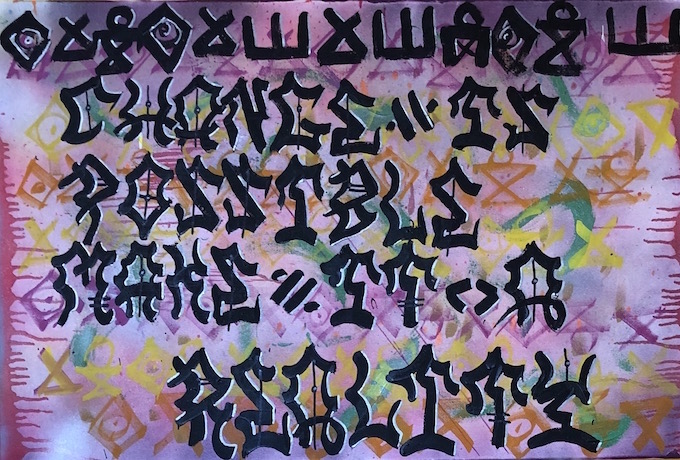
Have you any other passions – besides drawing and painting?
Chess, poetry and music.
Any particular music?
I’m a huge Reggae fan. I especially love Bob Marley and Augustus Pablo. I also like Led Zeppelin and Nirvana.
I’ve seen your work at Fountain House Gallery, and you’ve exhibited in a range of other sites, as well. How important is the viewer’s response to your art?
I used to not care. But now I realize that it does matter to me. I want people to like what I do.
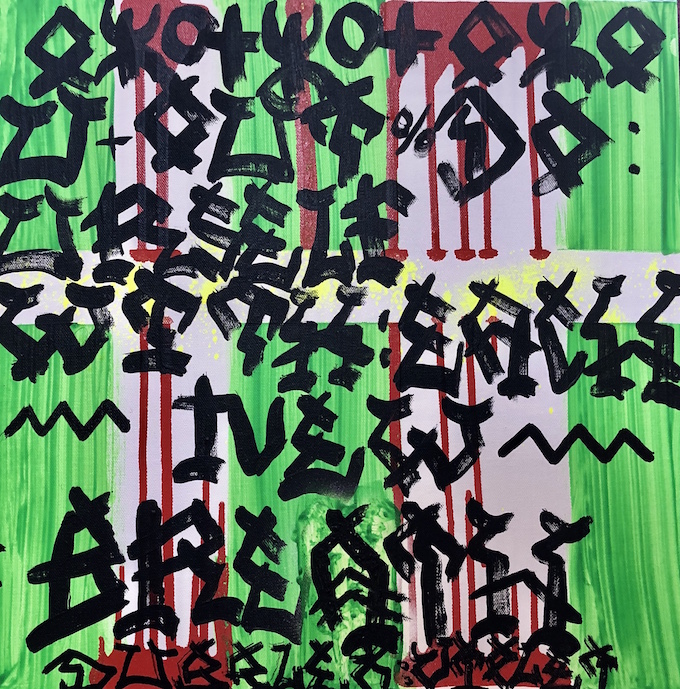
Are you generally satisfied with your final piece?
For the most part! I’m most satisfied when it gets into a gallery show so that others can see it.
How has your aesthetic evolved within the past decade?
I started with stickers and then I moved on to canvases. That was my wife’s inspiration. And when I first began working on canvases, I was just doing black and white with nothing in the background. It is constantly evolving.
What percentage of your time is devoted to art?
I’d say about 40%. I spend at least three to four hours a day on my art.
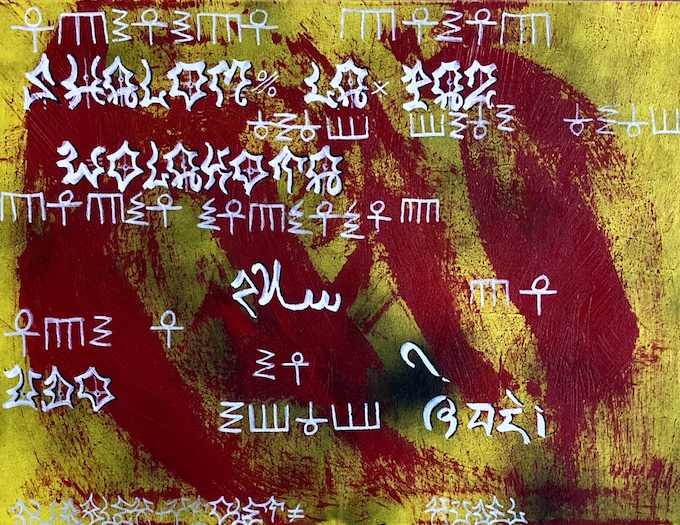
Have you a favorite setting to work?
I like to work in my studio and in Central Park. I also like to draw while I’m riding on the trains.
And your favorite media?
All kinds of markers and pens: Molotow, Krink, Prisma, Pilot. I also like mixing acrylic and spraypaint.
Have you a formal art education?
I’m not classically trained, but I have taken several classes at the School of Visual Arts and at the Art Students League.
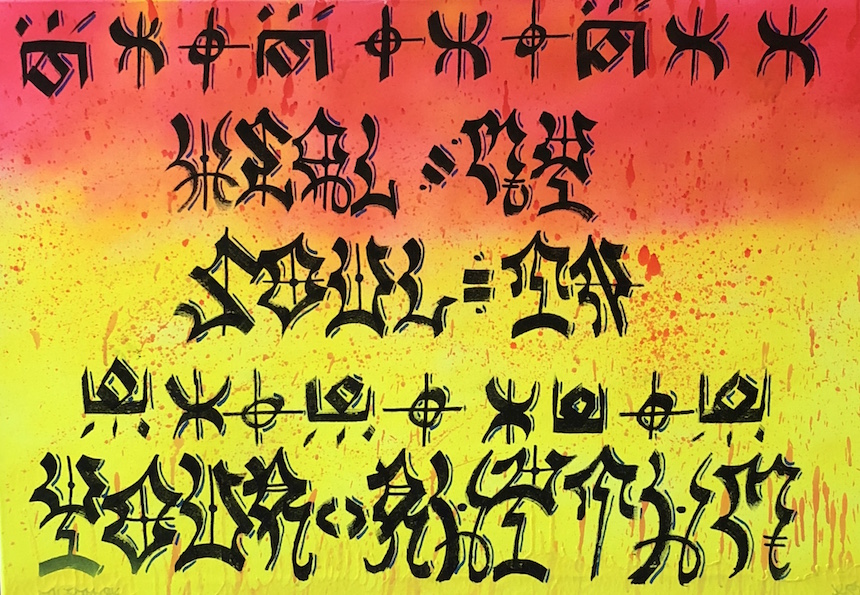
How did you connect to Fountain House?
After I was discharged from the the New York State Psychiatric Institute up in Washington Heights, my social worker told me about it. I love being involved with the gallery and sharing my work there.
Where are you headed? Any particular goals or dreams?
I’d love to design a hip-hop album cover. I’d also like to exhibit in a gallery abroad and have my work sought by collectors.
What do you see as the role of the artist in society?
As an artist, my mission is to make people stop, think and reflect.
Note: To see more of DubbleX’s artwork and to check out the prices of several of his key works, check here. And you can find out more about the artist here.
Titles of featured artworks:
1 When the Masses Are Enlightened and Educated Societies Fall
2 Steel Pulse Affection
3 Mushka’s Crib, Ap’t 6B
4 Change Is Possible
5 A Better Transformation
6 Peace in Many Tongues
7 Magical Love Mystery
Photos of images 1, 2, 4-7 Lois Stavsky; 3 courtesy of the artist; interview conducted and edited by Lois Stavsky
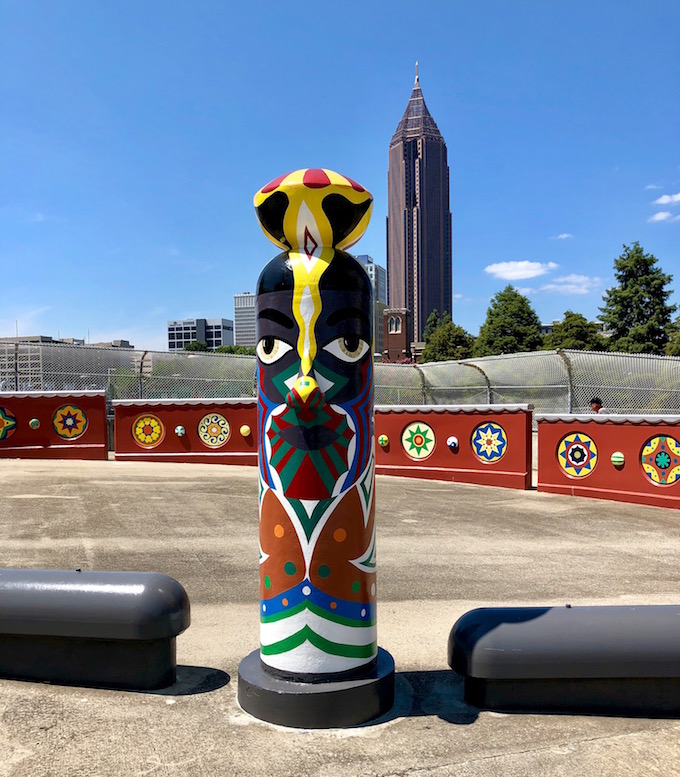
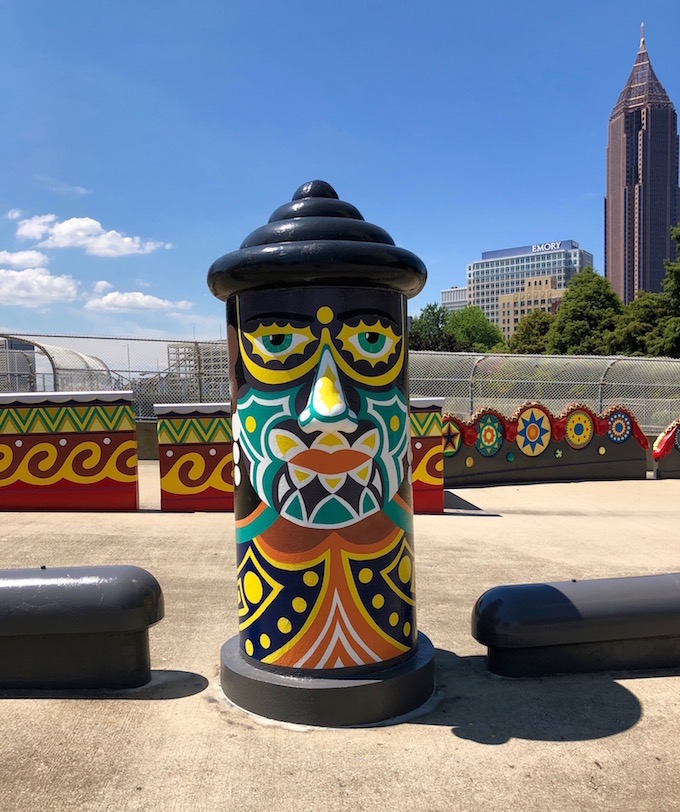
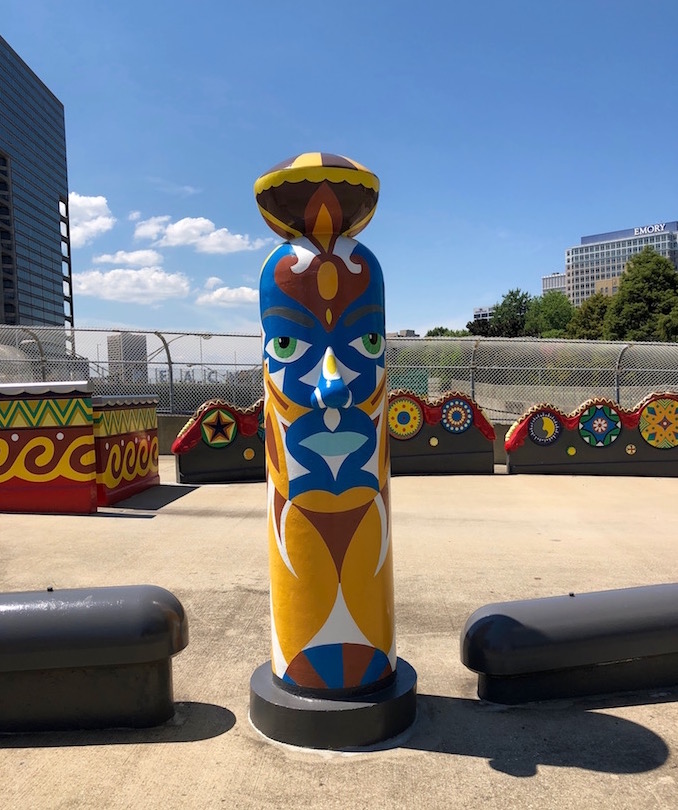 The Folk Art Park is located at the intersections of Piedmont Avenue at Baker Street and Courtland Street at Ralph McGill Boulevard in Atlanta, Georgia.
The Folk Art Park is located at the intersections of Piedmont Avenue at Baker Street and Courtland Street at Ralph McGill Boulevard in Atlanta, Georgia.
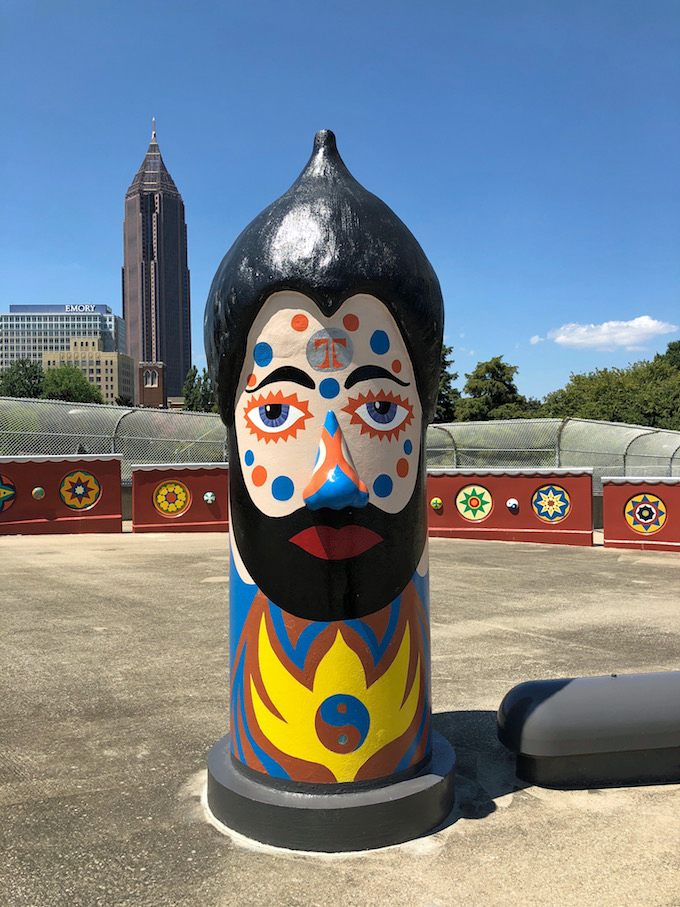
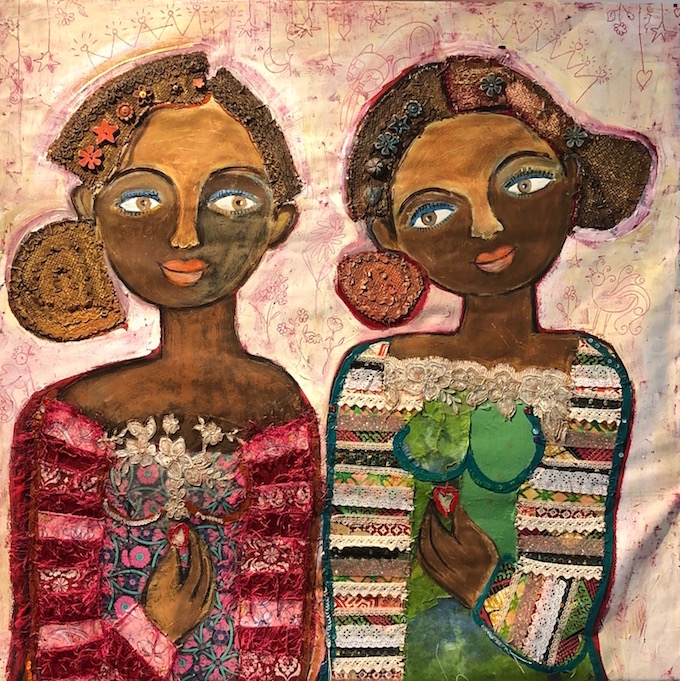
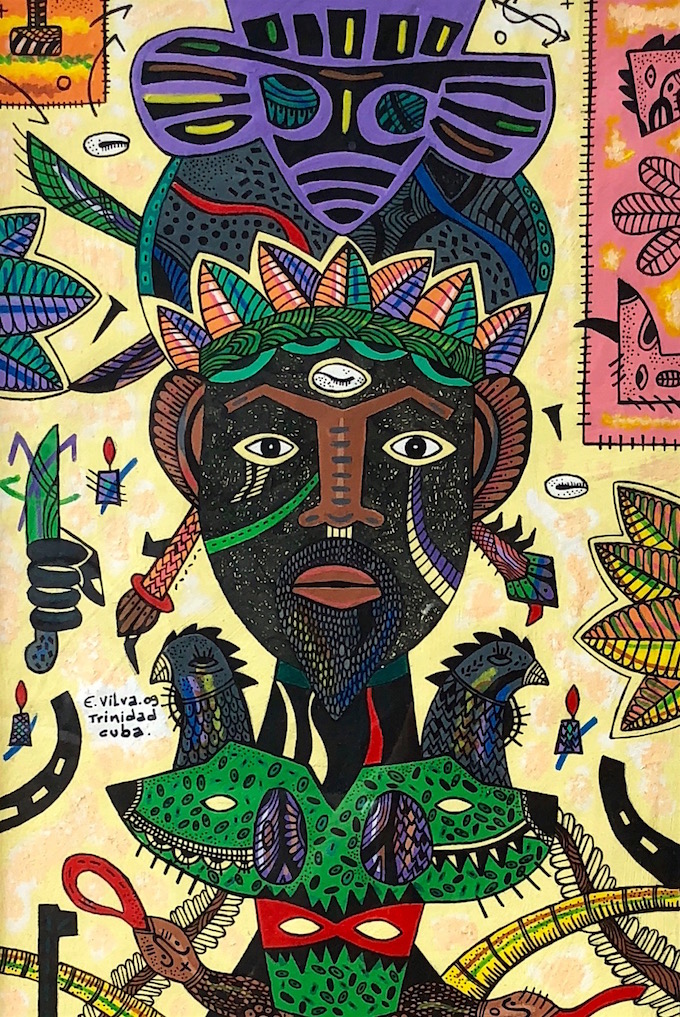
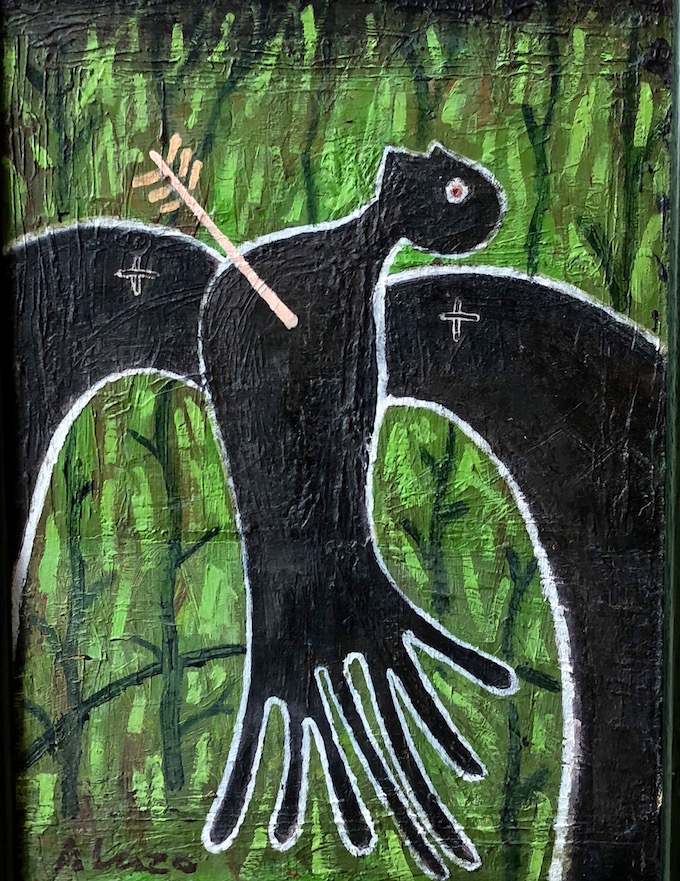
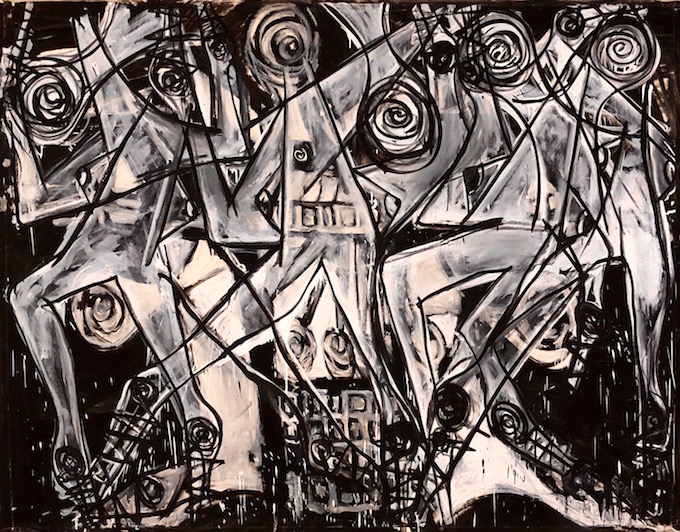 Harlem-based multi-media visionary artist
Harlem-based multi-media visionary artist 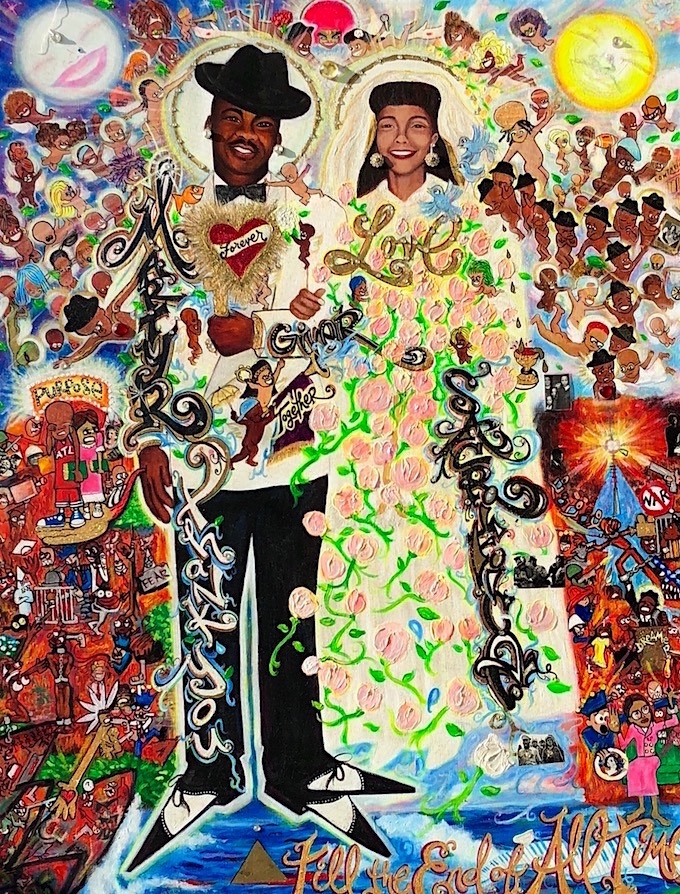 New York-based Ecuadorian artist
New York-based Ecuadorian artist 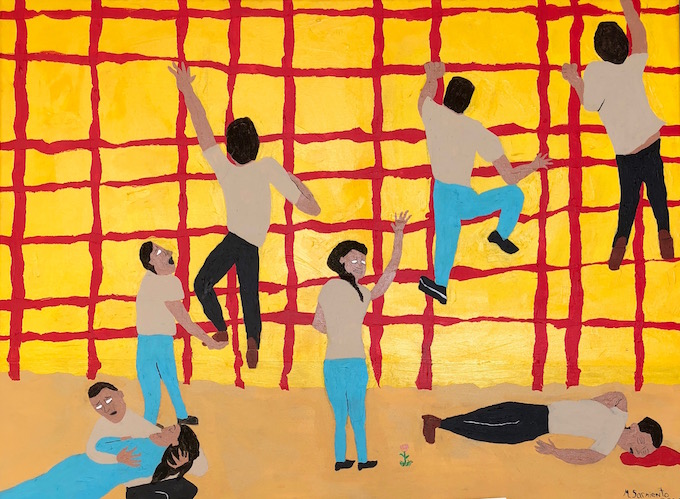 Harlem/Havana 2018 is curated by Barbara Horowitz of
Harlem/Havana 2018 is curated by Barbara Horowitz of 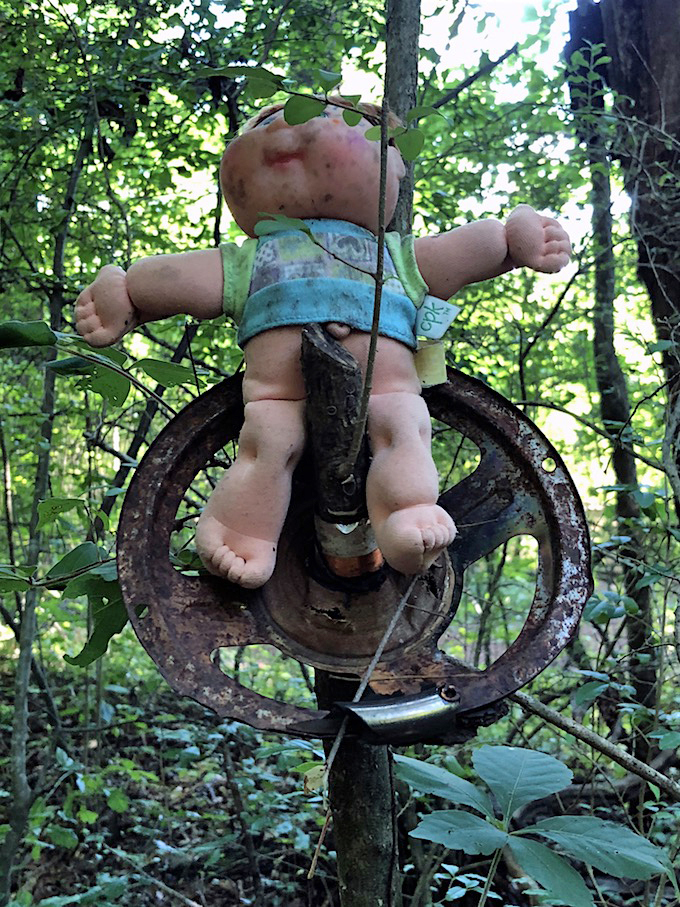
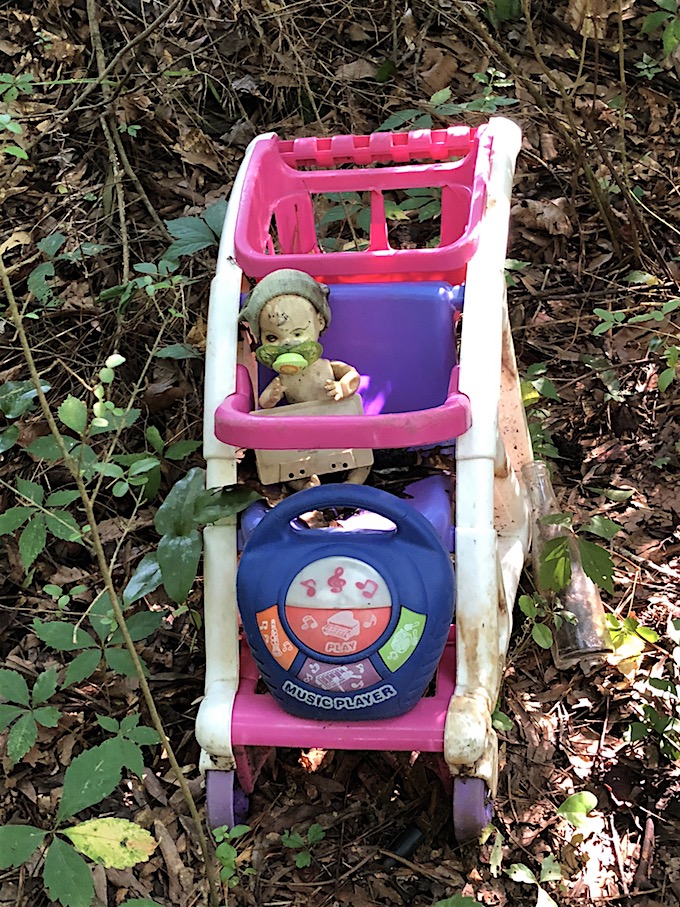
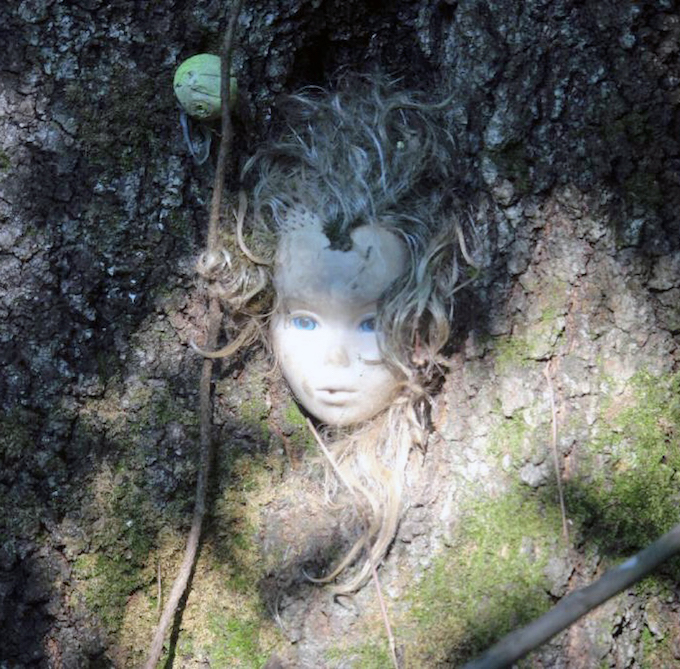
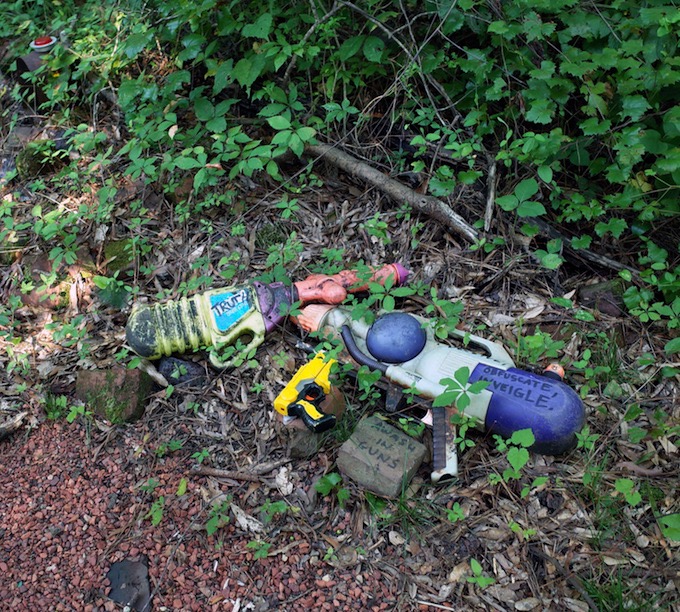
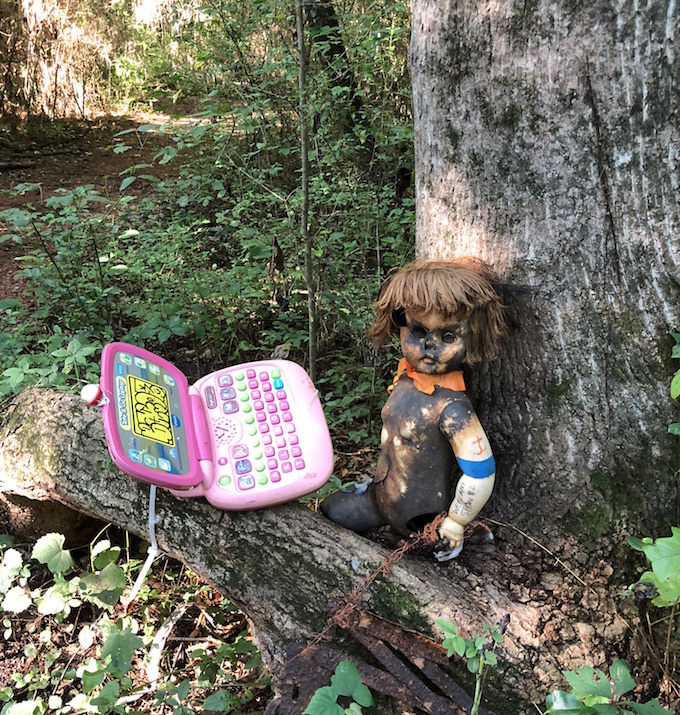
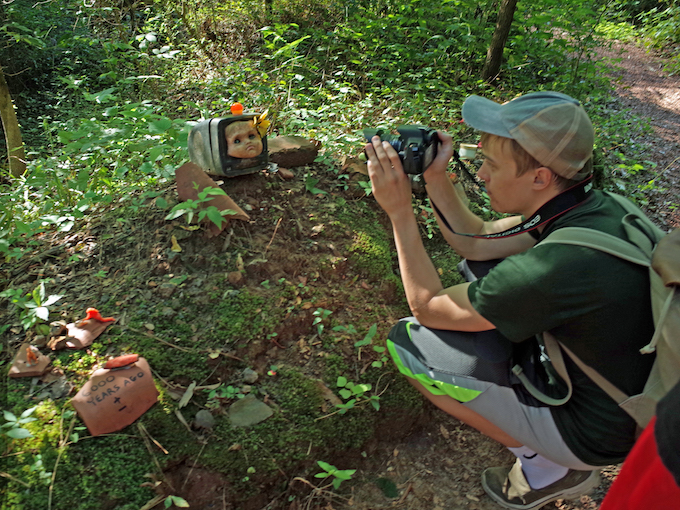
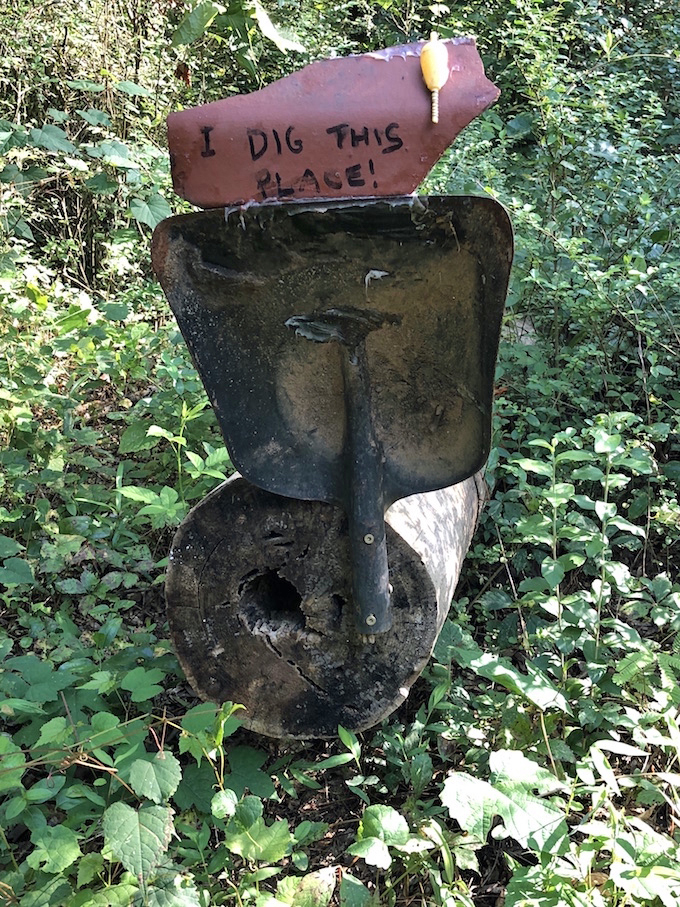
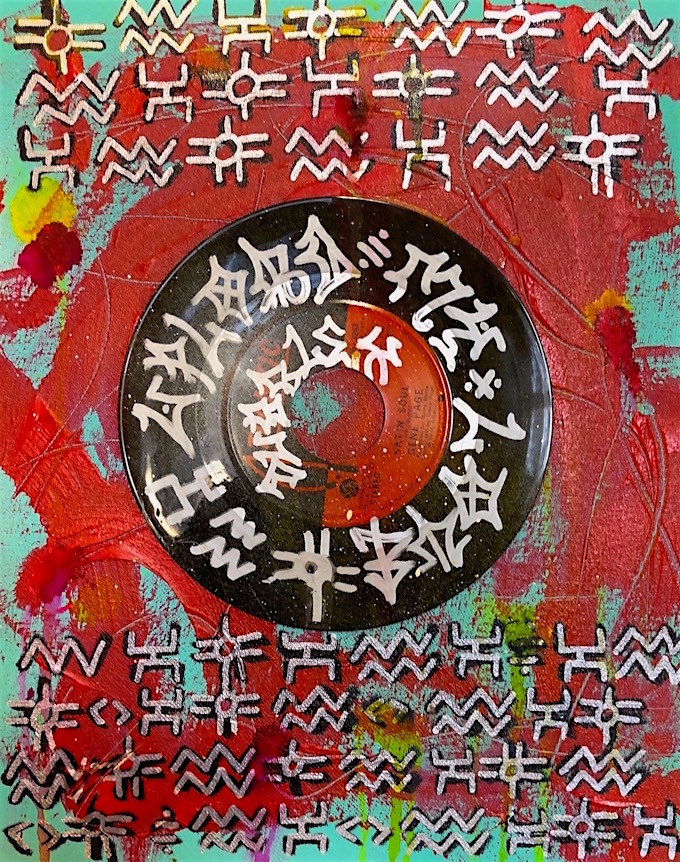
 How has your family responded to your artistic bent?
How has your family responded to your artistic bent?




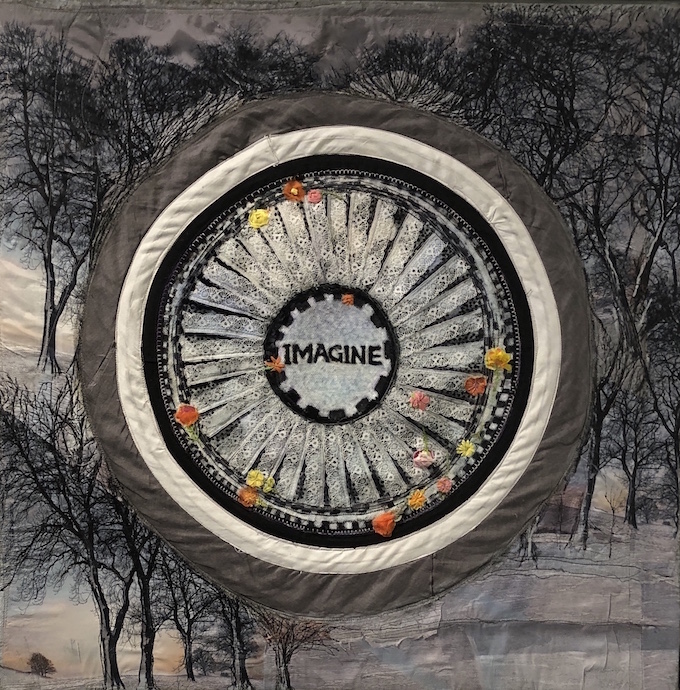
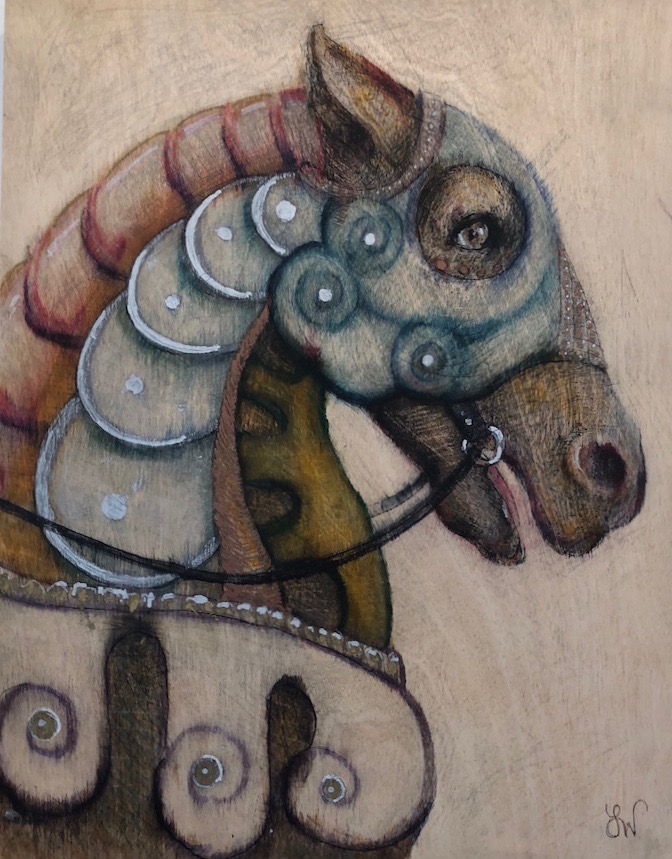
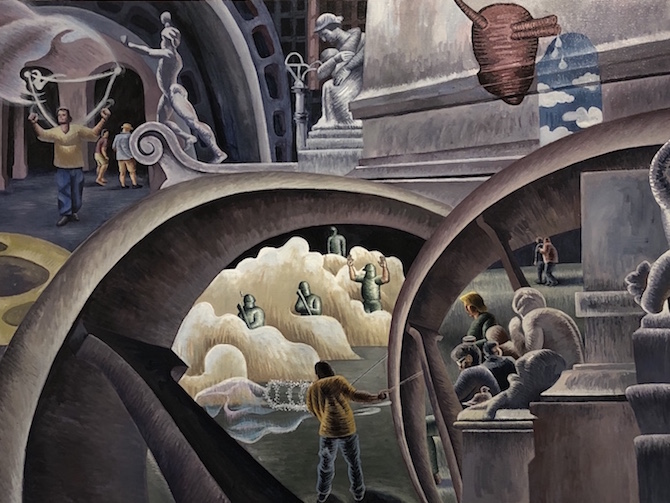
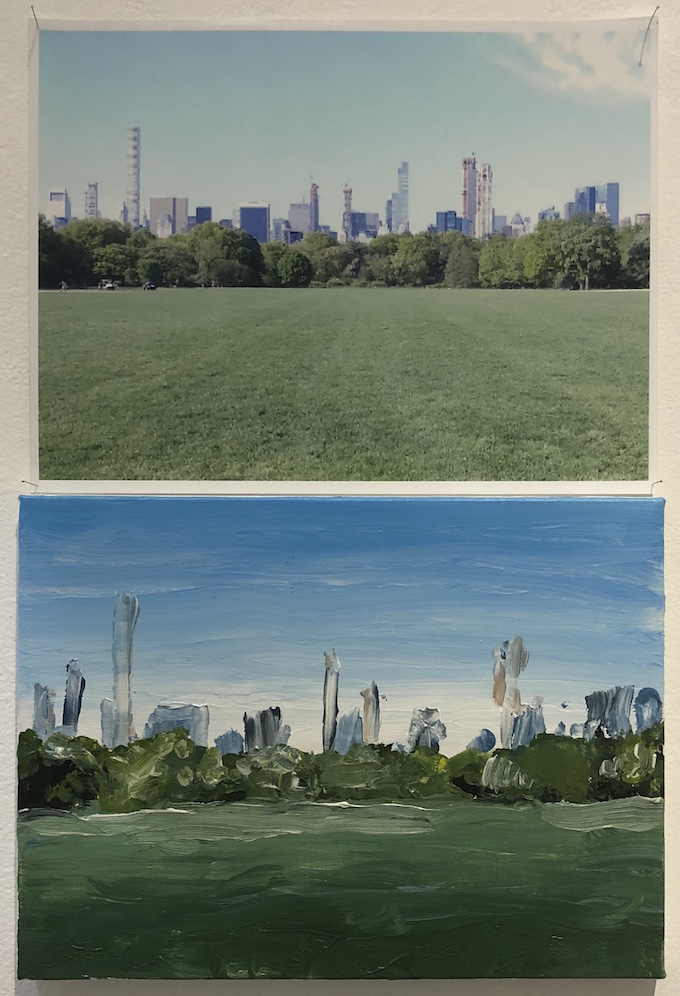
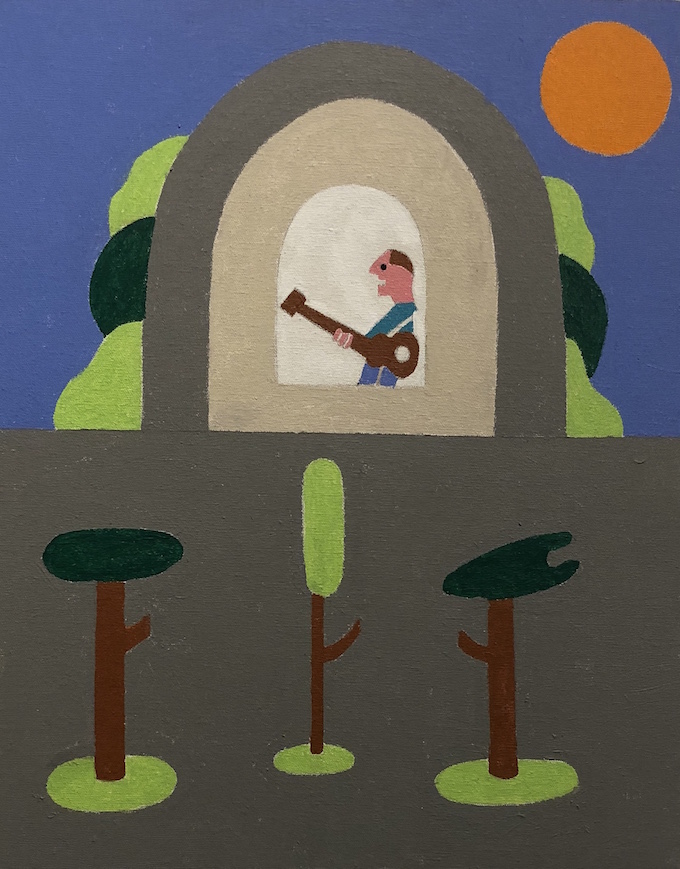
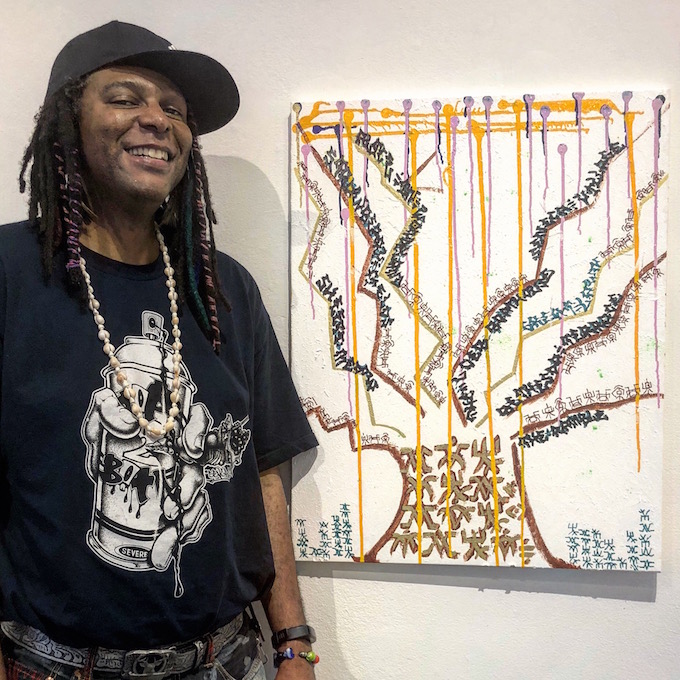 Founded by
Founded by 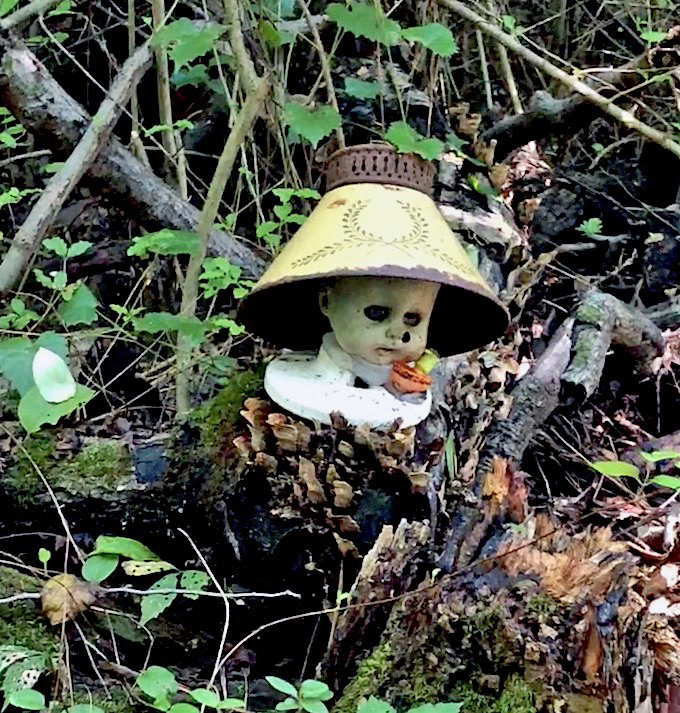
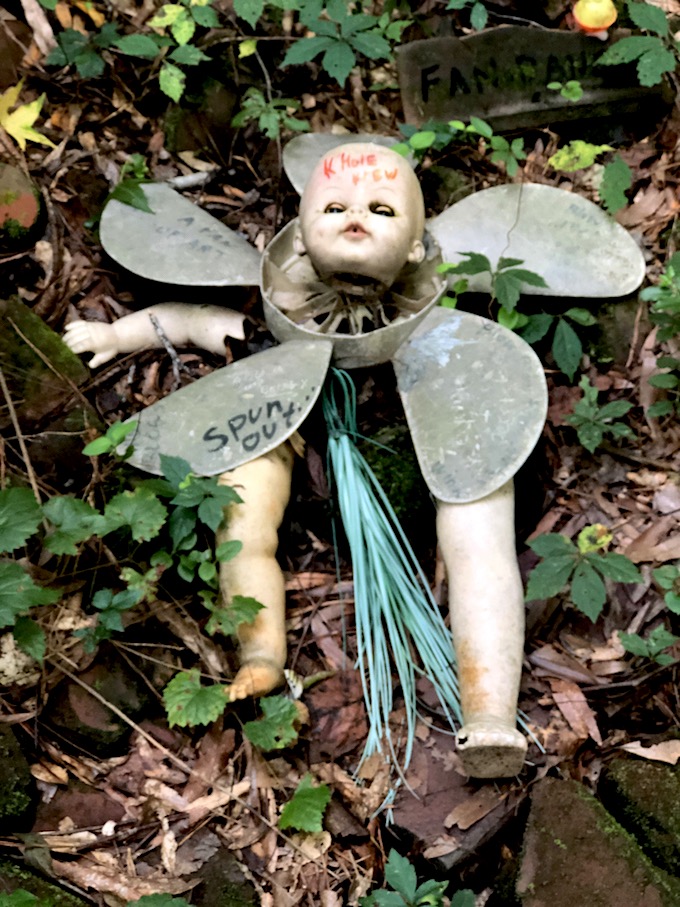
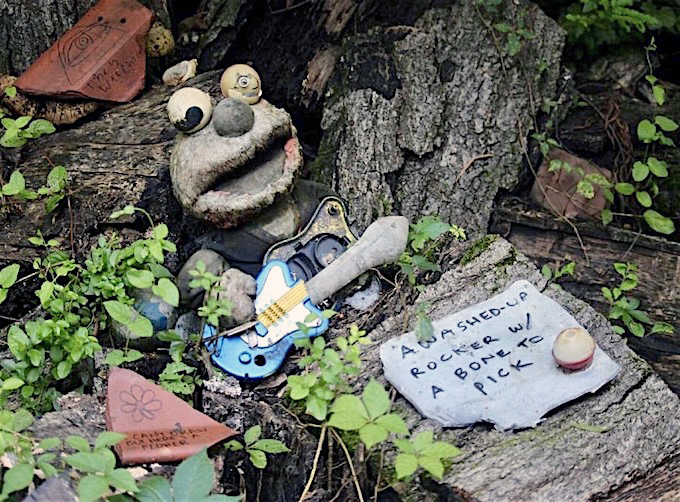
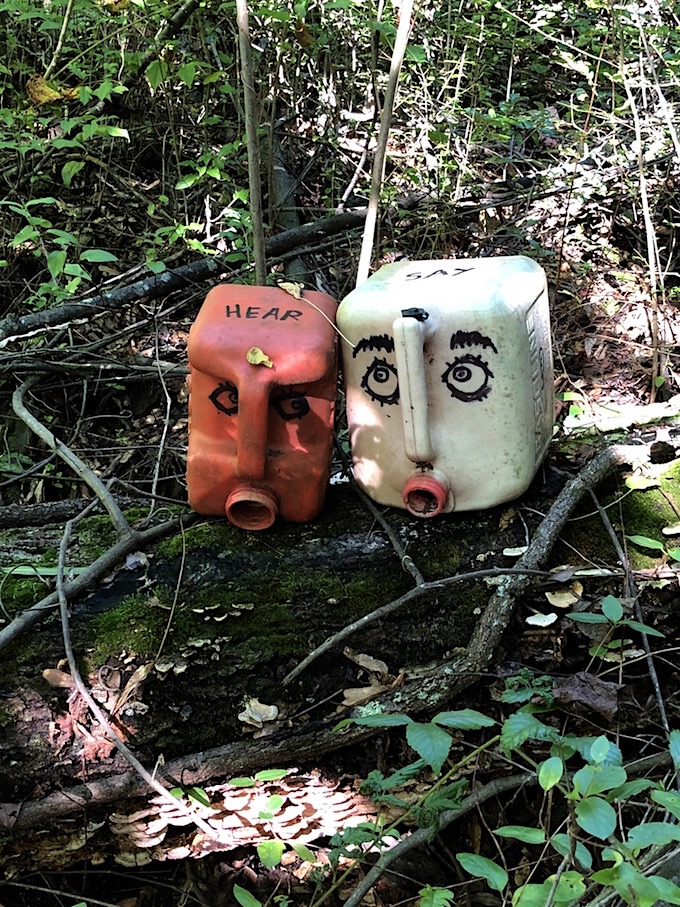
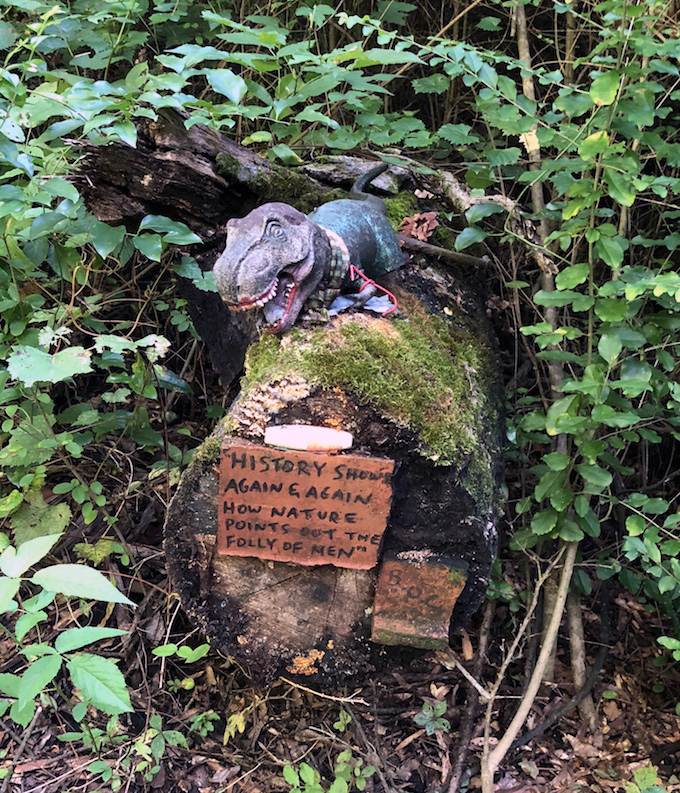 Avoid the Opioid Noid!!
Avoid the Opioid Noid!!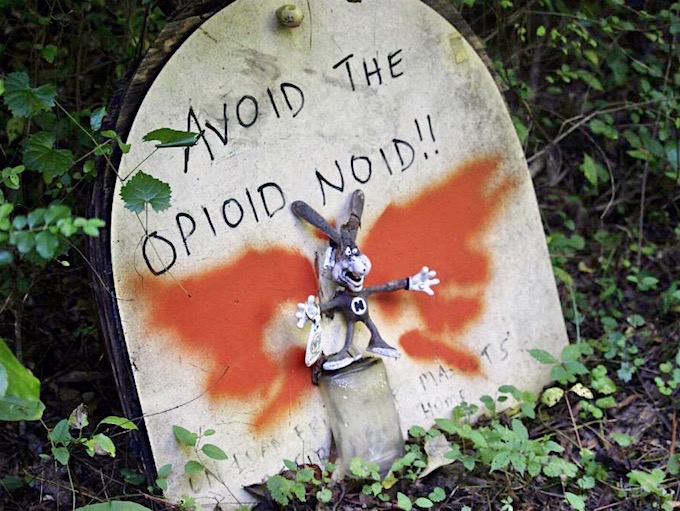
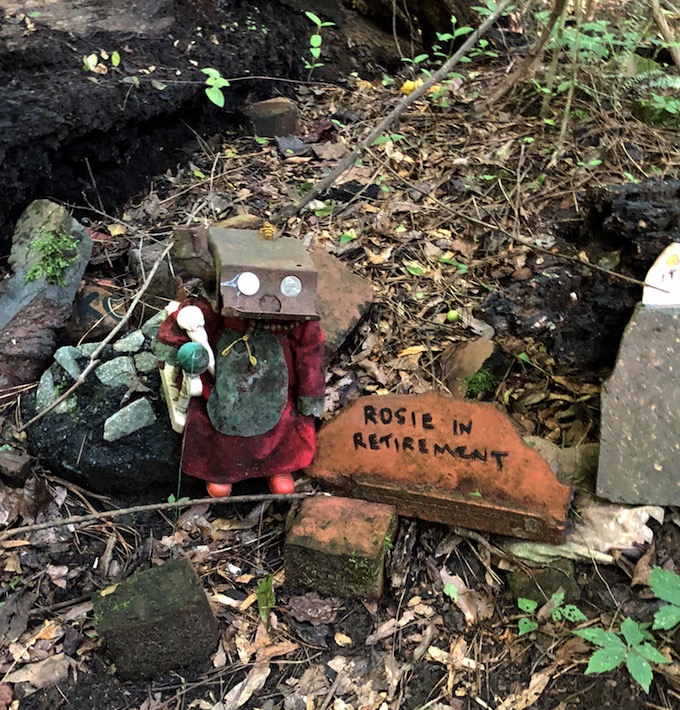
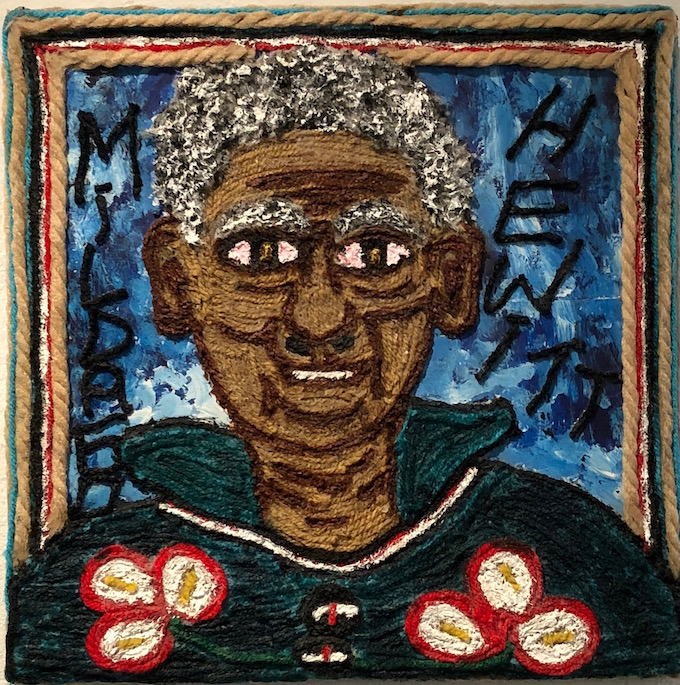
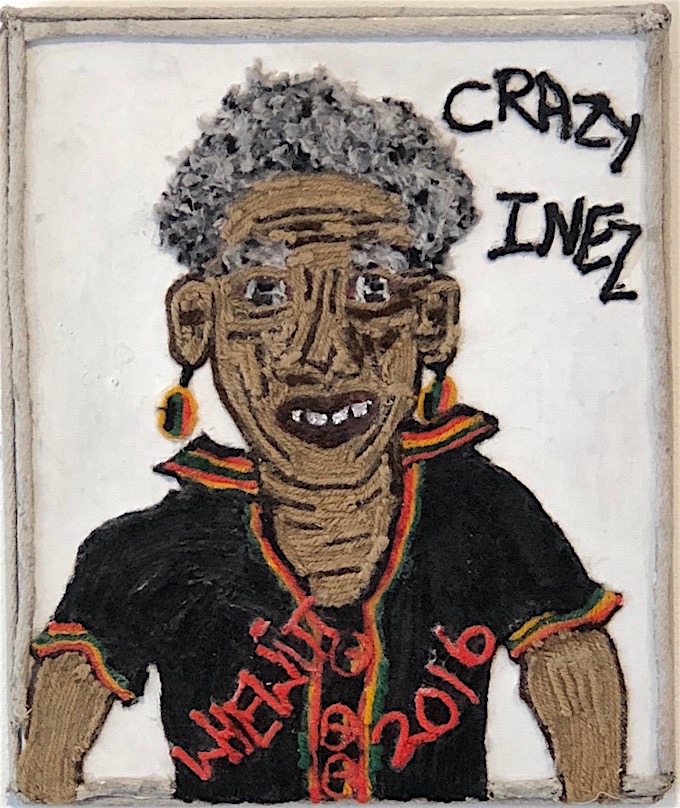
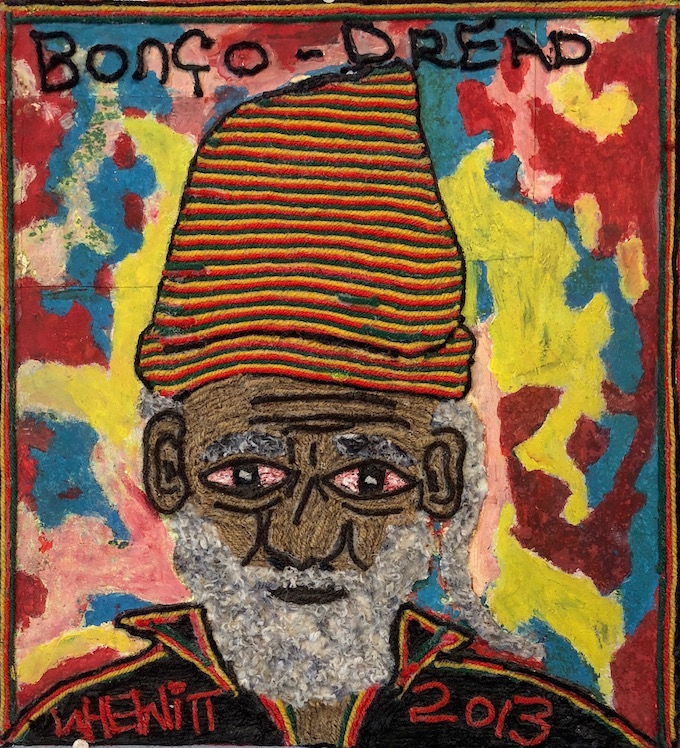
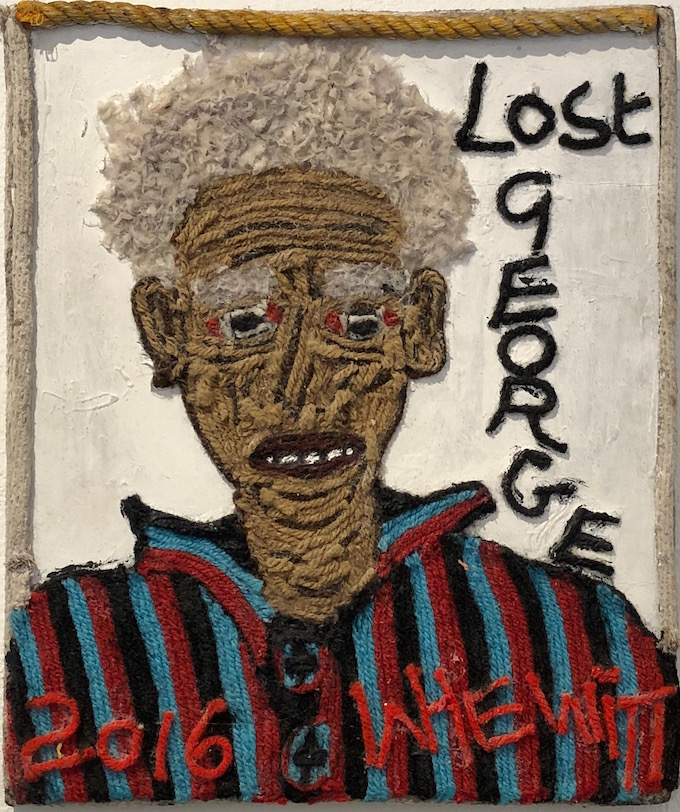
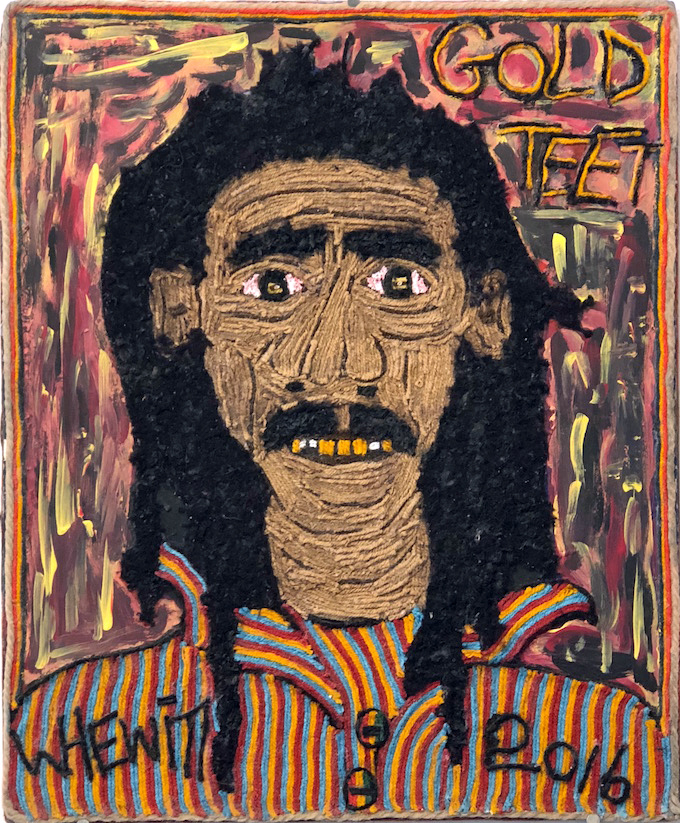
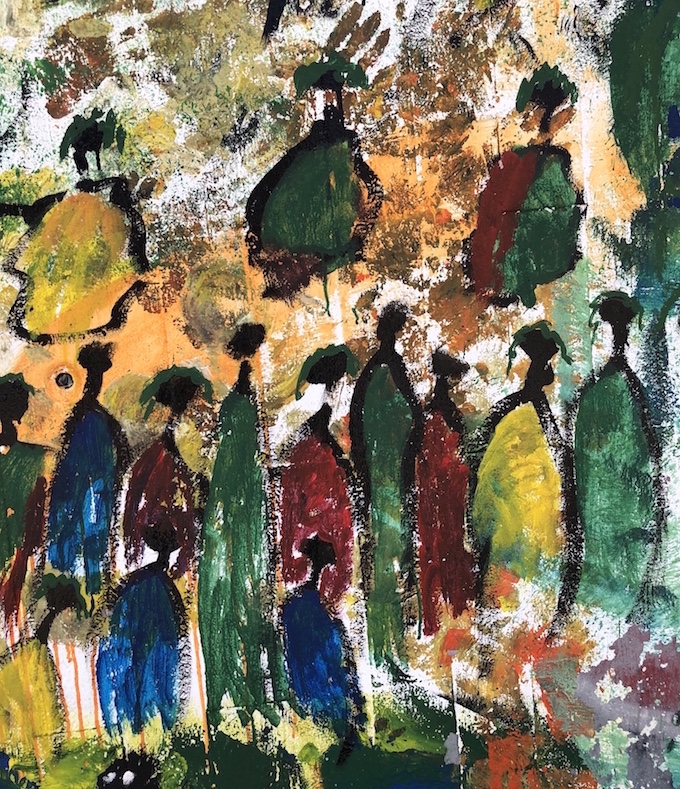
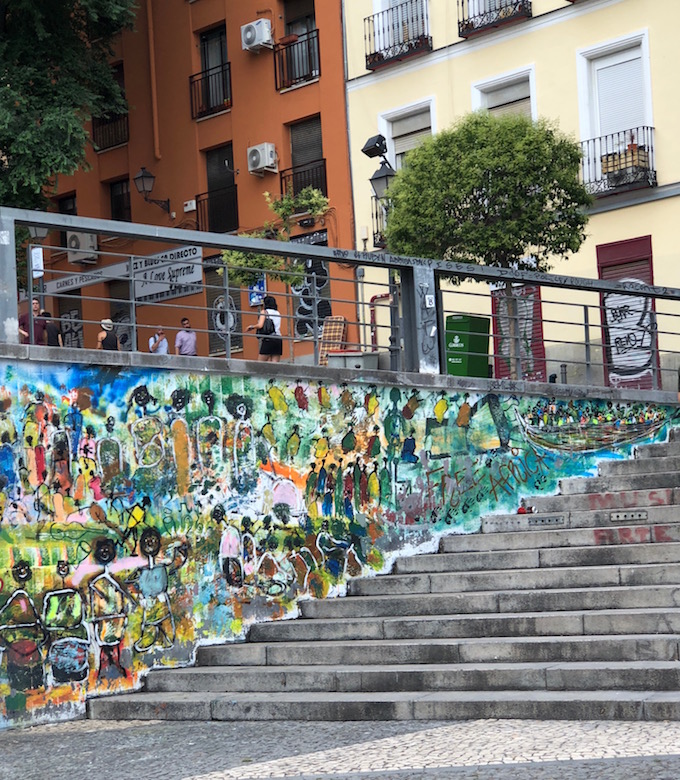
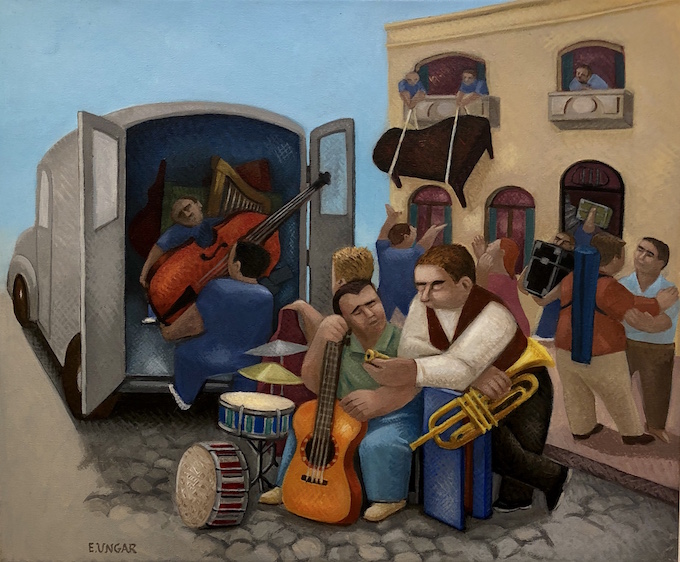
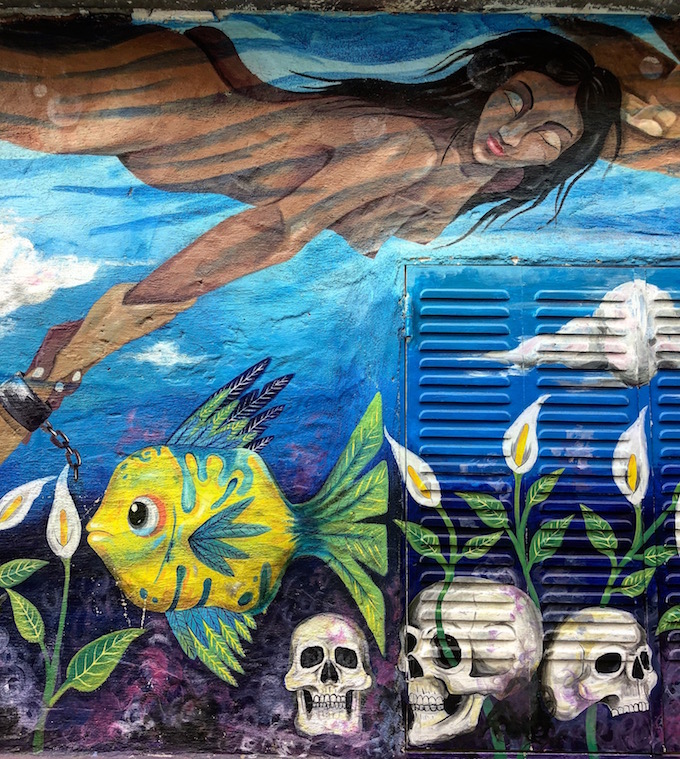
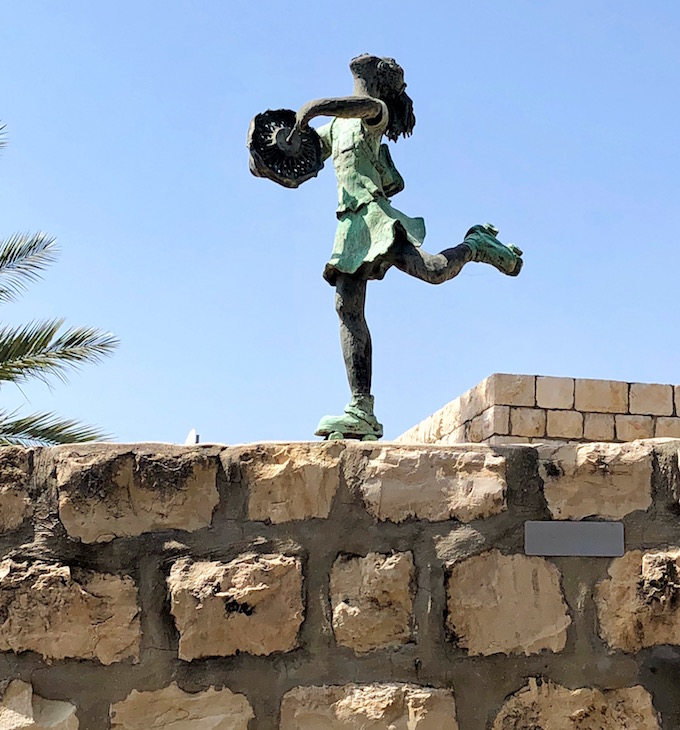
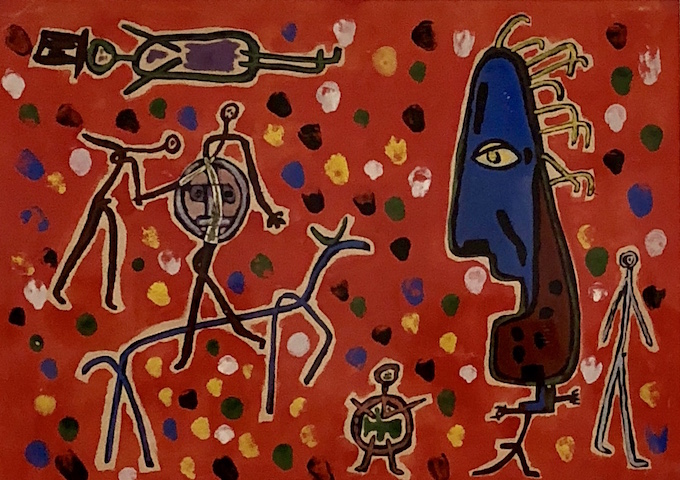

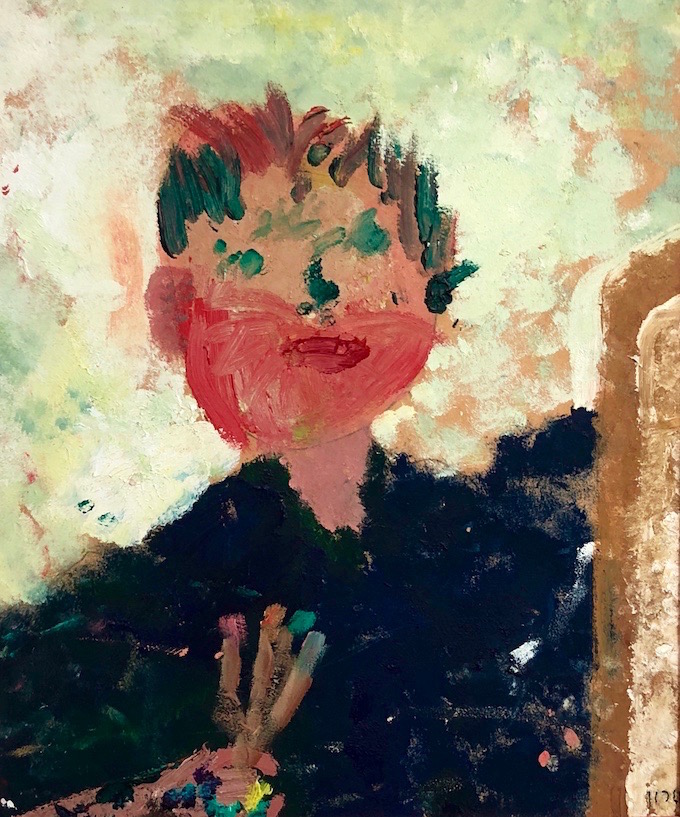
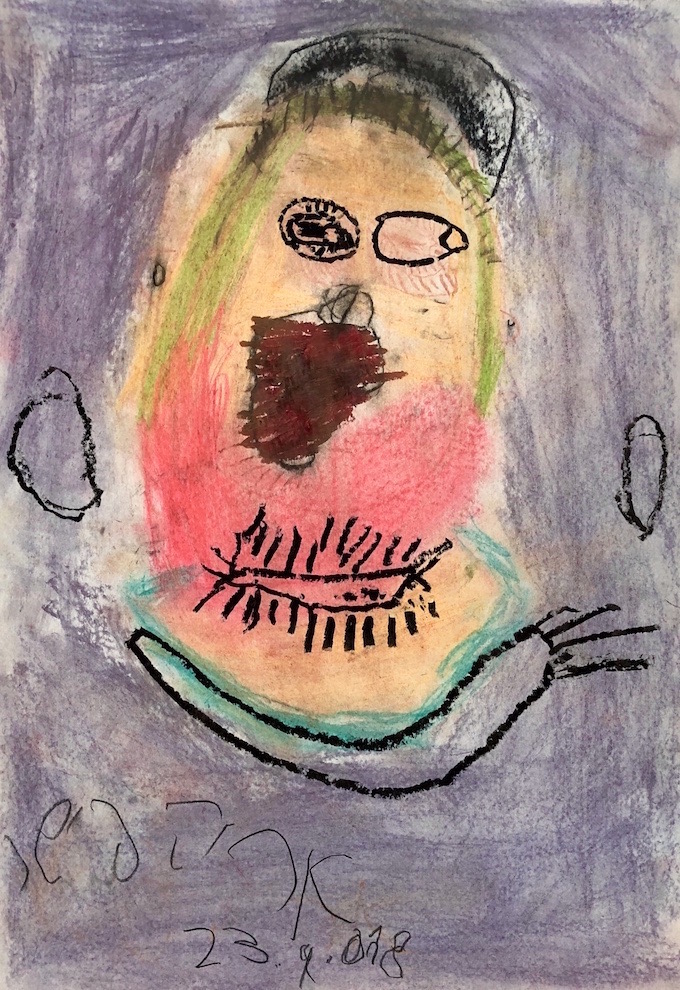
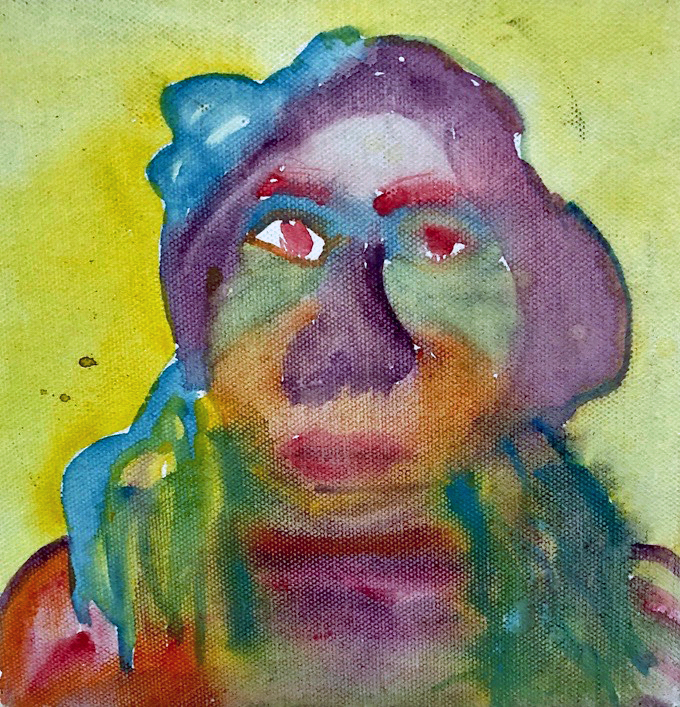
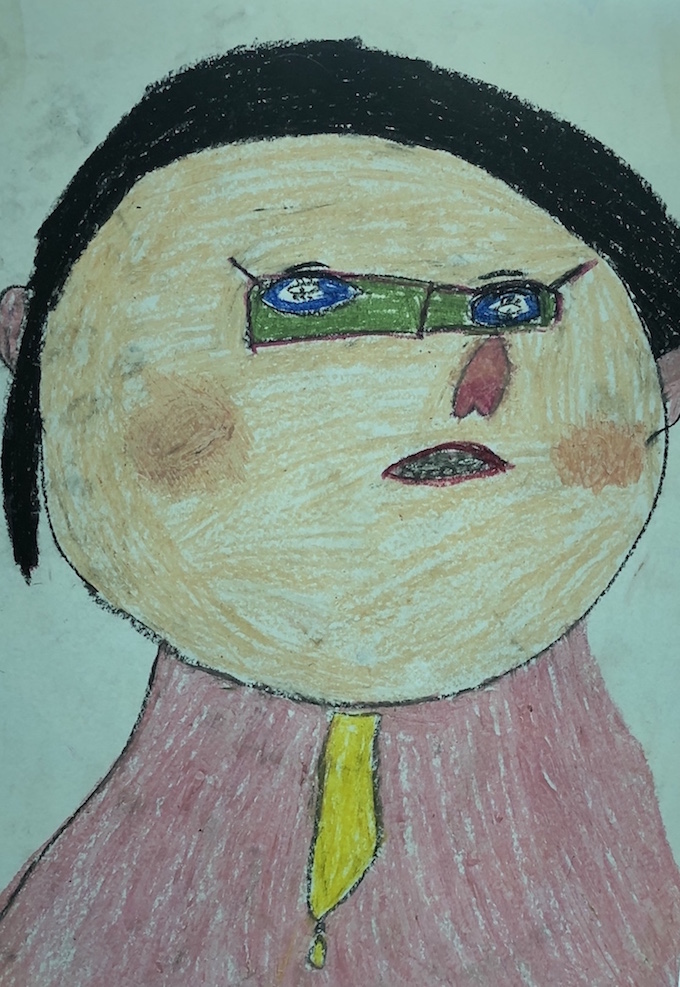
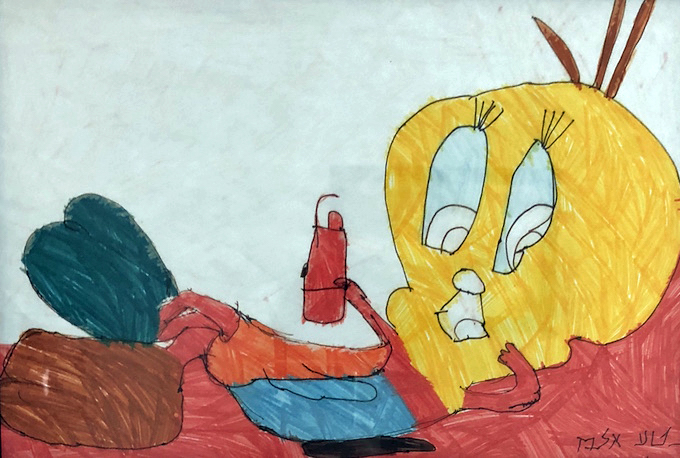
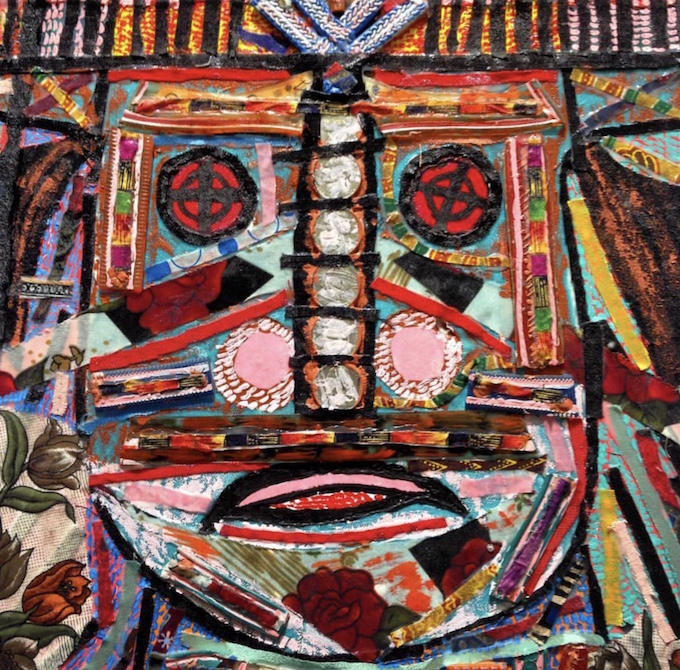
 Israeli artist Elana Gil, as seen at
Israeli artist Elana Gil, as seen at 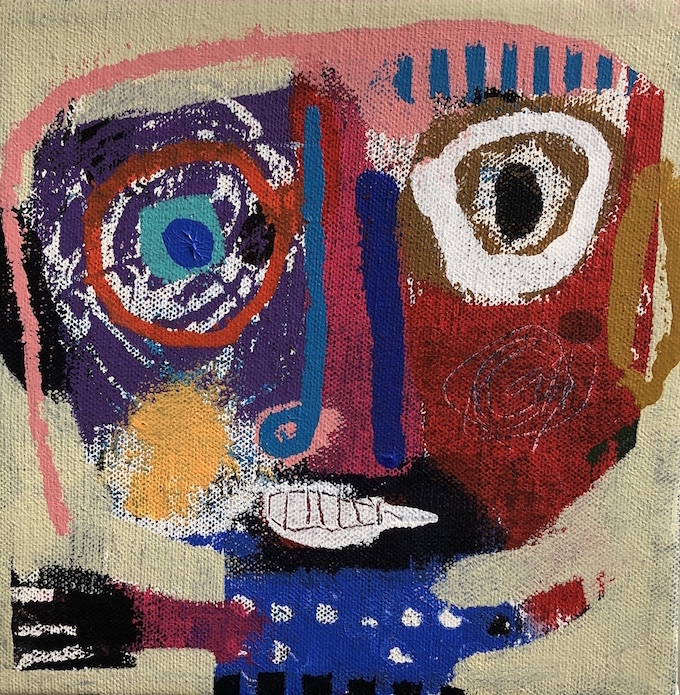
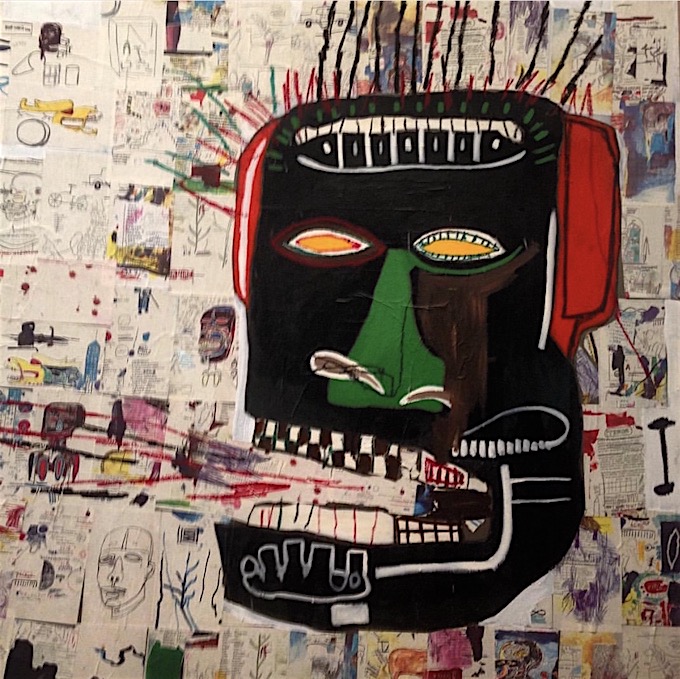
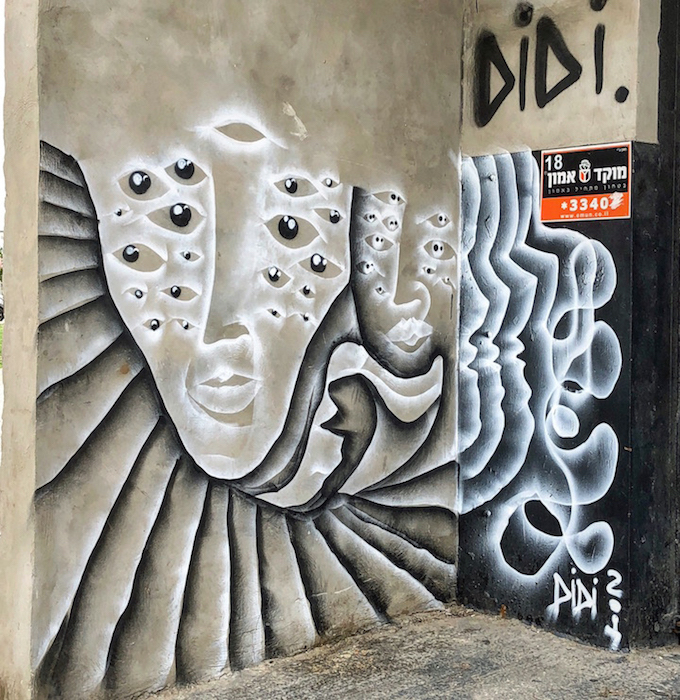 Parisian artists
Parisian artists 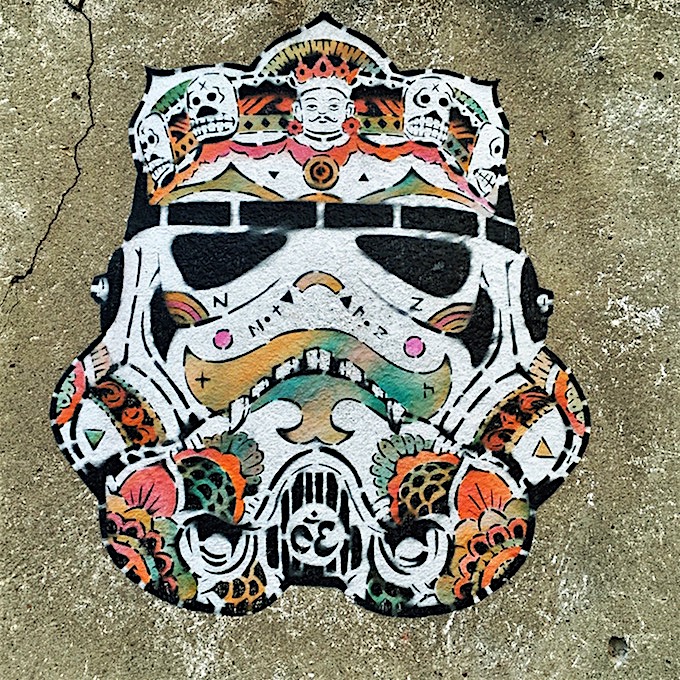 Photo credits: 1-5 Lois Stavsky & 6 Sara C. Mozeson
Photo credits: 1-5 Lois Stavsky & 6 Sara C. Mozeson